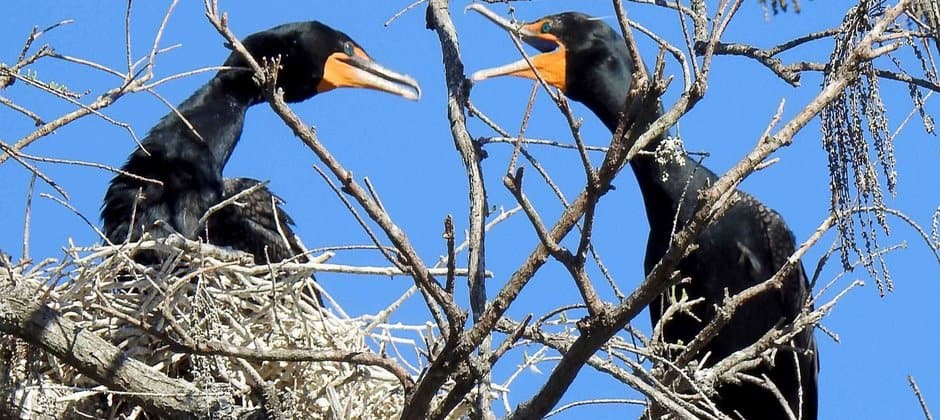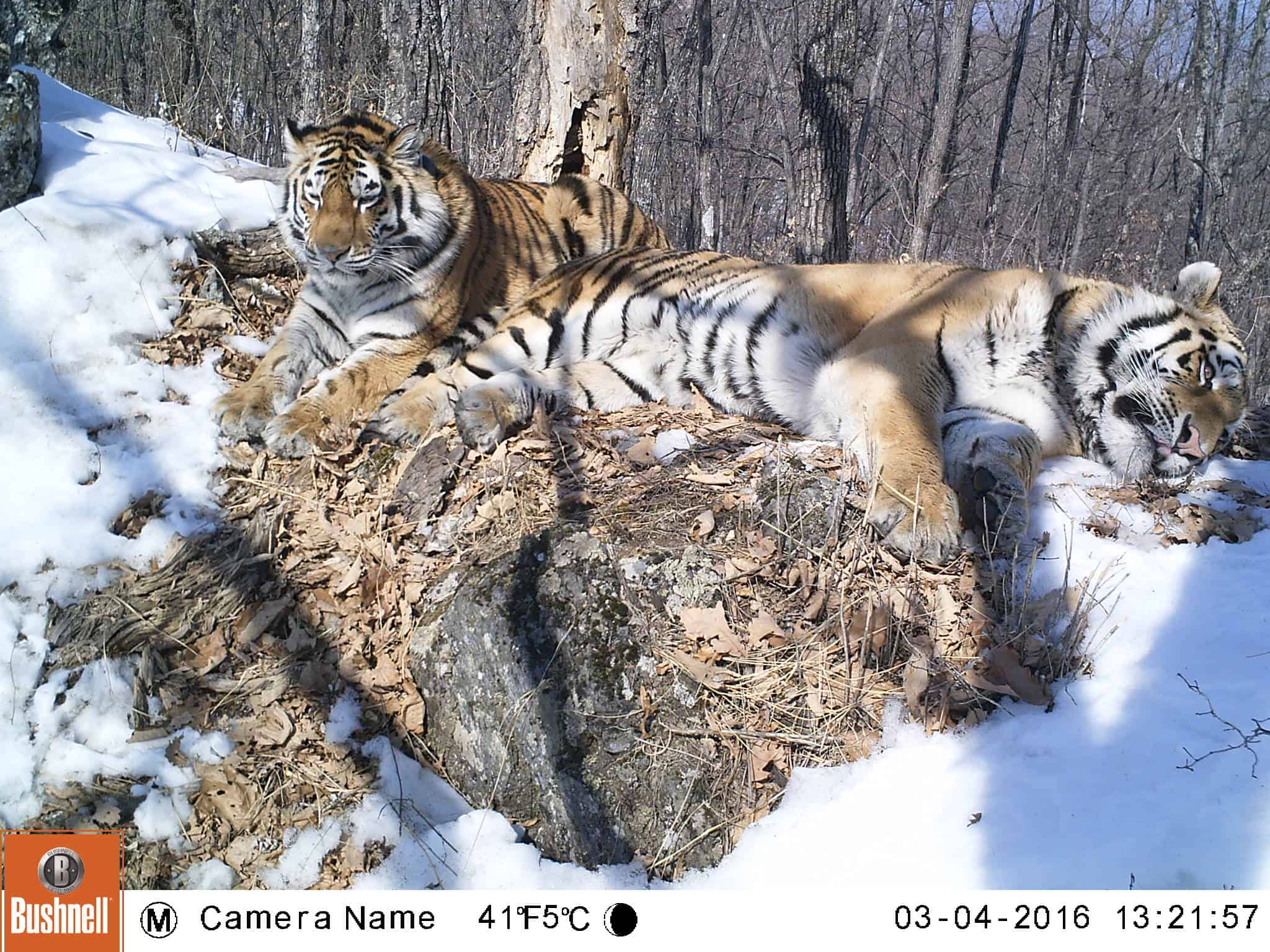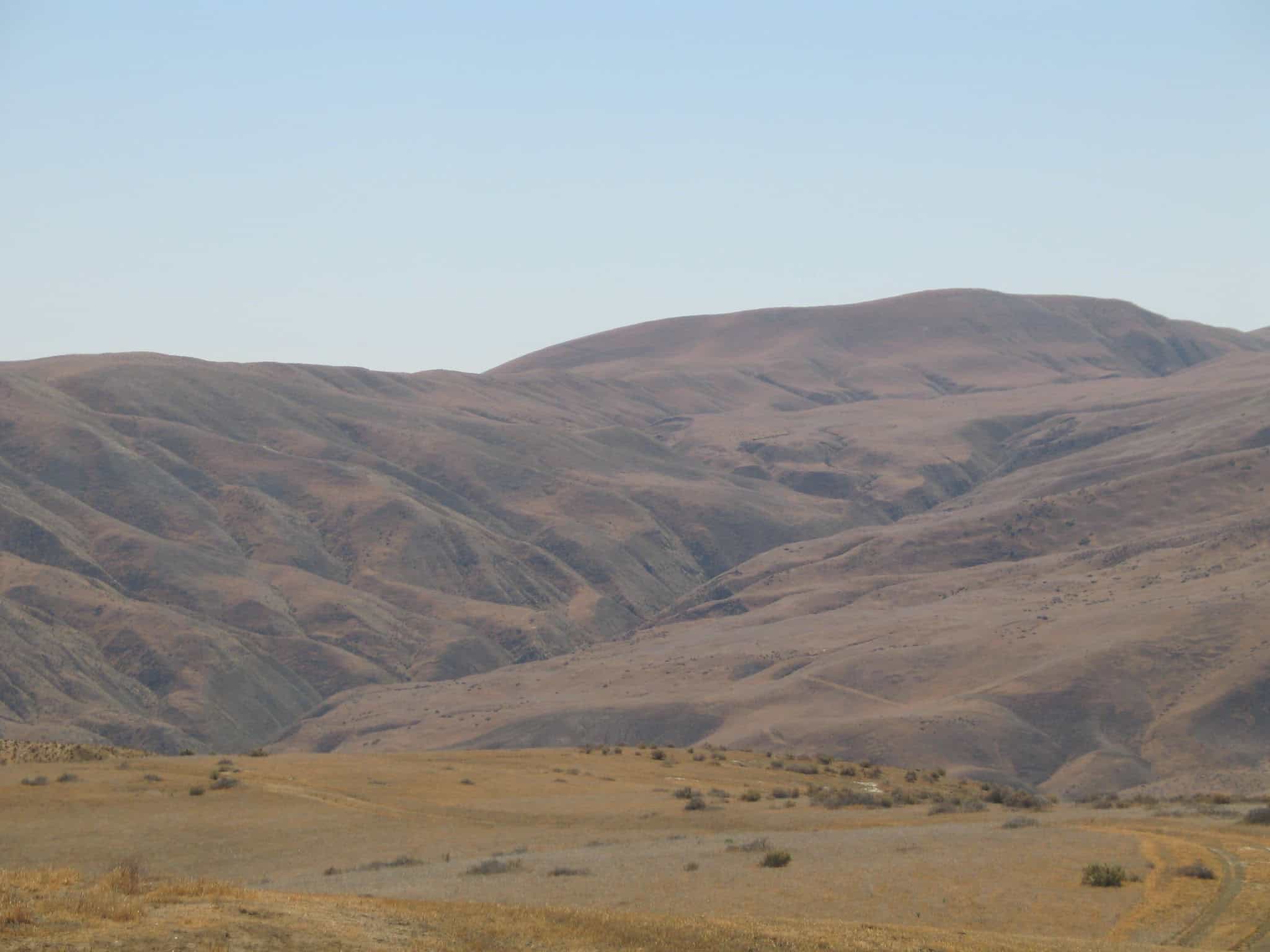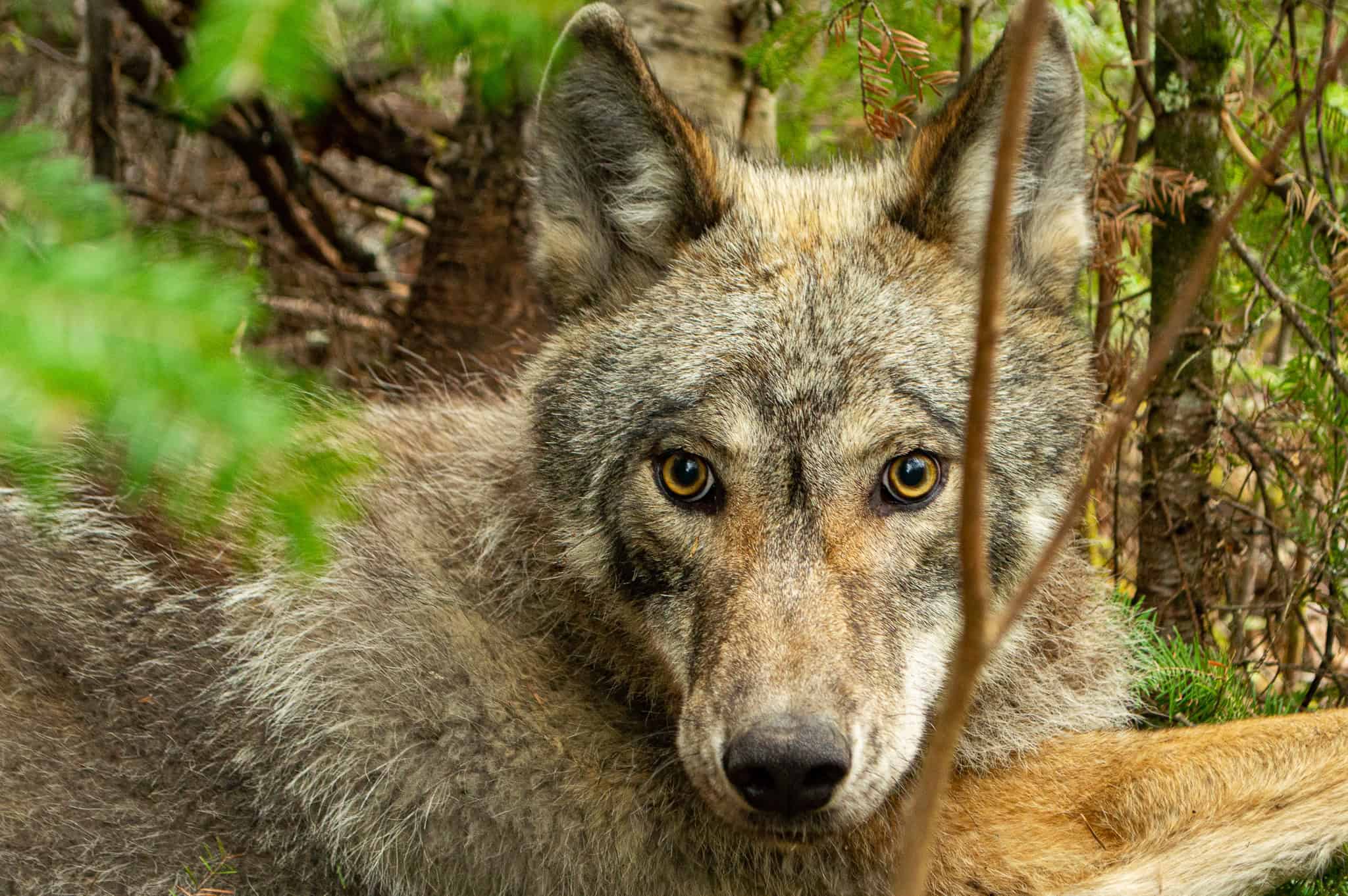Share this article
U.S. Fish and Wildlife Service seeks input on cormorants
In response to conflicts with cormorant at aquaculture facilities as well as other situations where the birds are a nuisance, the U.S. Fish and Wildlife Service intends to develop a new rule to expand double-crested cormorant (Phalacrocorax auratus) management.
The U.S. Fish and Wildlife Service has issued an advance notice of proposed rulemaking announcing its intention to perform an environmental review under the National Environmental Policy Act for the agency’s management of the fish-eating migratory bird that’s distributed across most of the United States. The agency is requesting public input on future management options.
There are several populations of double-crested cormorants across the country, with over 90% in the Atlantic, Interior and Southern populations combined. Historically, most inland cormorants would migrate south to the Coastal U.S. and Mexico, but in recent years many have taken to wintering near aquaculture facilities throughout the southern U.S.
Cormorants in the United States are managed under the Migratory Bird Treaty Act and can only legally be killed with authorization from the Service, which currently provides depredation permits to individuals, private organizations and other agencies on a case-by-case basis to lethally control problem birds. The Service can also issue broader depredation orders, which establish conditions where entities or individuals can take cormorants without a depredation permit.
Federal courts invalidated two previous depredation orders the Service issued in 2016, ordering the agency to more thoroughly consider the effects of such an order. Meanwhile, culls continued in other states under separate individual permitting agreements.
Since the orders were invalidated, conflicts have continued, prompting the USFWS to develop a new rule for cormorant management. The agency is considering establishing a new permit for state wildlife agencies to authorize cormorant management and control activities to relieve or prevent impacts from cormorants on wild and stocked fisheries, aquaculture facilities, human health and safety, property, and threatened and endangered species. State agencies would determine when and where to lethally control cormorants within limits set by the U.S. Fish and Wildlife Service.
The Service is also considering establishing an aquaculture depredation order to allow take of cormorants under prescribed conditions at aquaculture facilities without an individual permit.
The U.S. Fish and Wildlife Service is seeking public input on a variety of topics including potential reporting and monitoring strategies of cormorants by states and participating tribes; impacts on floodplains, wetlands, wild and scenic rivers or ecologically sensitive areas; impacts to other species of wildlife, including endangered or threatened species; and impacts on prime agricultural lands. Comments will be accepted through March 9.
The Service is also planning to conduct online public scoping meetings this month. More information about the rulemaking process is available here.
The Wildlife Society recognizes the importance of wildlife damage management and supports wildlife damage prevention and management programs and techniques that are biologically, socially, environmentally and economically valid, effective and practical.
Read The Wildlife Society’s standing position on wildlife damage management.
Header Image: The U.S. Fish and Wildlife Service is analyzing options for controlling double-crested cormorant populations. ©Trish Hartmann








